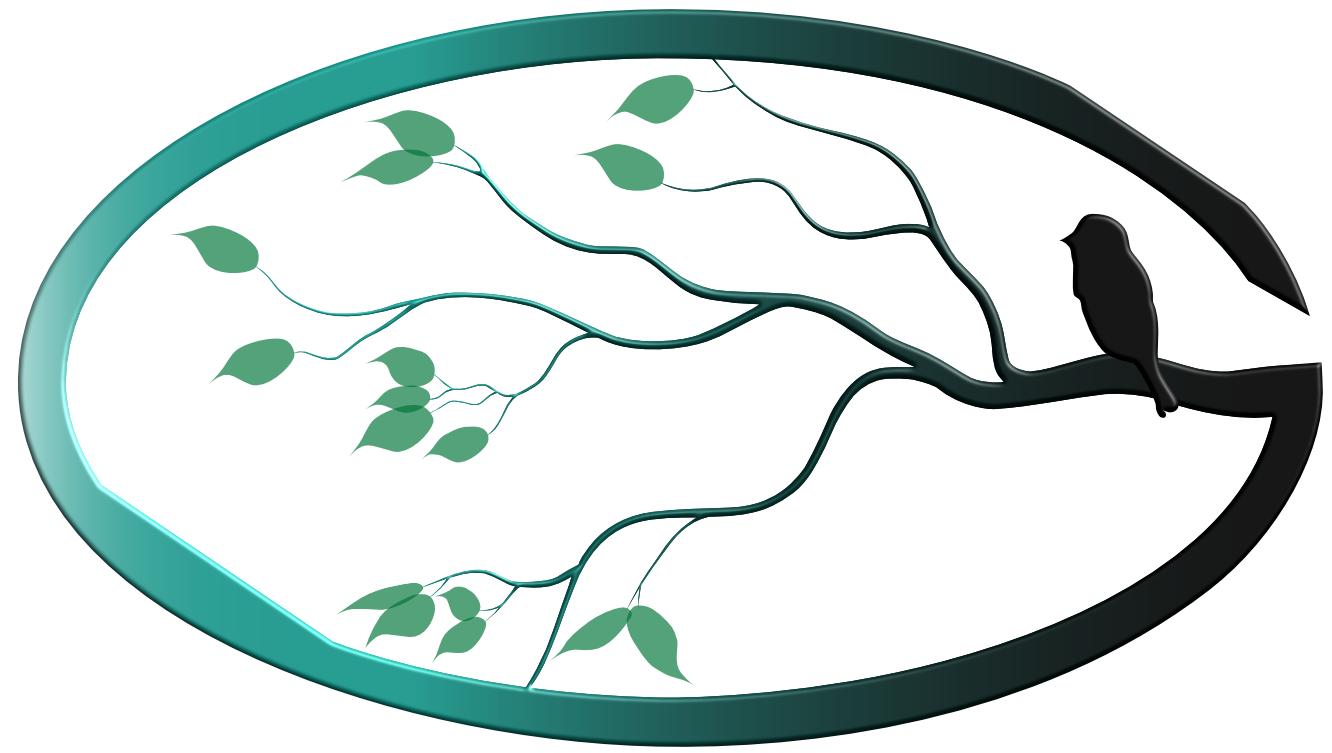How do we address an issue that stirs up so many things – our own mud as well as that of others – and creates even more anxiety out of our frightful desire to do the right thing.
Do you have the patience to wait
till your mud settles and the water is clear?
Can you remain unmoving
till the right action arises by itself?
- LAO TZU
Anxiety
Individual anxiety is part of the larger challenge of a growing sense of alienation in modern society. This sense of alienation that is growing despite (or perhaps because of) technology, creates feelings of loneliness and anxiety that can result in violence toward self and others. Anxiety, then, has to be treated comprehensively but also in ways that address the many levels that the problem is experienced: the individual, the family, the school, the workplace, and the community.
Mindfulness Dialogue
Mindfulness Dialogue is a simple and concrete method, consisting of practical skills and practices, and processes that can be applied to the many aspects and levels of this challenge.
Mindfulness is the art of presence that is developed through various practices of attention. The goal of Mindfulness is expanded awareness. It has already found traction in the world of health care, specifically around stress reduction, and is becoming an increasing element of healthcare, in the way that exercise and diet have done.
Dialogue, in a general sense, is seen as increasingly important in many fields, including governance, learning, and therapy, as the art of creative interaction. In a more specific sense, Dialogue is being understood as the art of generating new meaning together. The goal of Dialogue is to participate in the emergence of meaning.
Together, these apparently opposite practices (silence vs conversation, individual vs group) can become a mutually enhancing and synergistic process that supports healing, learning and creative problem-solving. It might be suggested, in fact, that the two processes need each other in order to realize their individual purposes and goals. In other words, the expanded awareness that Mindfulness produces enables Dialogue to plumb richer depths of meaning, while the generation of meaning in the forms of healing, learning, connection, etc., enables Mindfulness to serve both individuals and society.
In short, Mindfulness without Dialogue can be a waste of breath, while Dialogue without Mindfulness can be a waste of words.
Mindfulness Dialogue: the Process
Dialogue consists of three stages: Connecting, Exploring, and Discovering. Mindfulness, introduced into each of these stages (at the beginning though also throughout) enriches each of the processes and their desired outcomes.
Connecting builds a foundation of trust through the sharing of stories that connects participants in an increasingly deeper way.
Exploring fosters deepening mutual understanding through deliberate listening, to self as well as others, and to inquiry that is informed by this listening. Exploring in this way allows differences to be held rather than suppressed or even too easily resolved (the goal of Exploring is simply to understand, rather than convince or defeat).
Finally, Discovering uses the tension of differences to generate insights that can become shared understanding, which is the only basis for shared agreement and accountability.
One particularly unique element of Mindfulness Dialogue is the use of poetry. Poetry can serve in a way that is similar to the ancient spiritual tradition of ‘divine reading’ (lectio divina) as inspiration. It can also serve as a symbol that enables issues to be addressed at many levels. And finally, it can serve as catalyst that allows individuals to respond from their particular perspectives and compare the results. Think of how the Lao Tsu poem touches you.
Mindfulness Dialogue and Anxiety
Mindfulness Dialogue can help address the challenges of anxiety by offering an effective method for individual work. However, and perhaps even more importantly, it can offer an actionable method and model than groups can use to address the issue at the various levels it is experienced (individual, family, community, etc.), while also exploring the various aspects that are its causes: technology and alienation, relationships and loneliness, parenting and pressure, etc.
Creating the Right Space
Mindfulness Dialogue is essentially about creating the right space: for mud to settle and clarity to emerge; for the right action – the creative word, the healing touch, the human connection – to arise.
Clearly, the implication is that such a therapeutic approach is not about fixing or even preventing; rather it is about awakening and growing. For that to happen, an approach that is both truly relational and realistically comprehensive is required. Ultimately, of course, such an approach depends not only on skills and practices by themselves but also on the personal commitment of the therapist to a Mindfulness Dialogue way.
-Brought to you by Dr. Orla Cashman & Dr. Danny Martin
Do you have the patience to wait
till your mud settles and the water is clear?
Can you remain unmoving
till the right action arises by itself?
- LAO TZU
